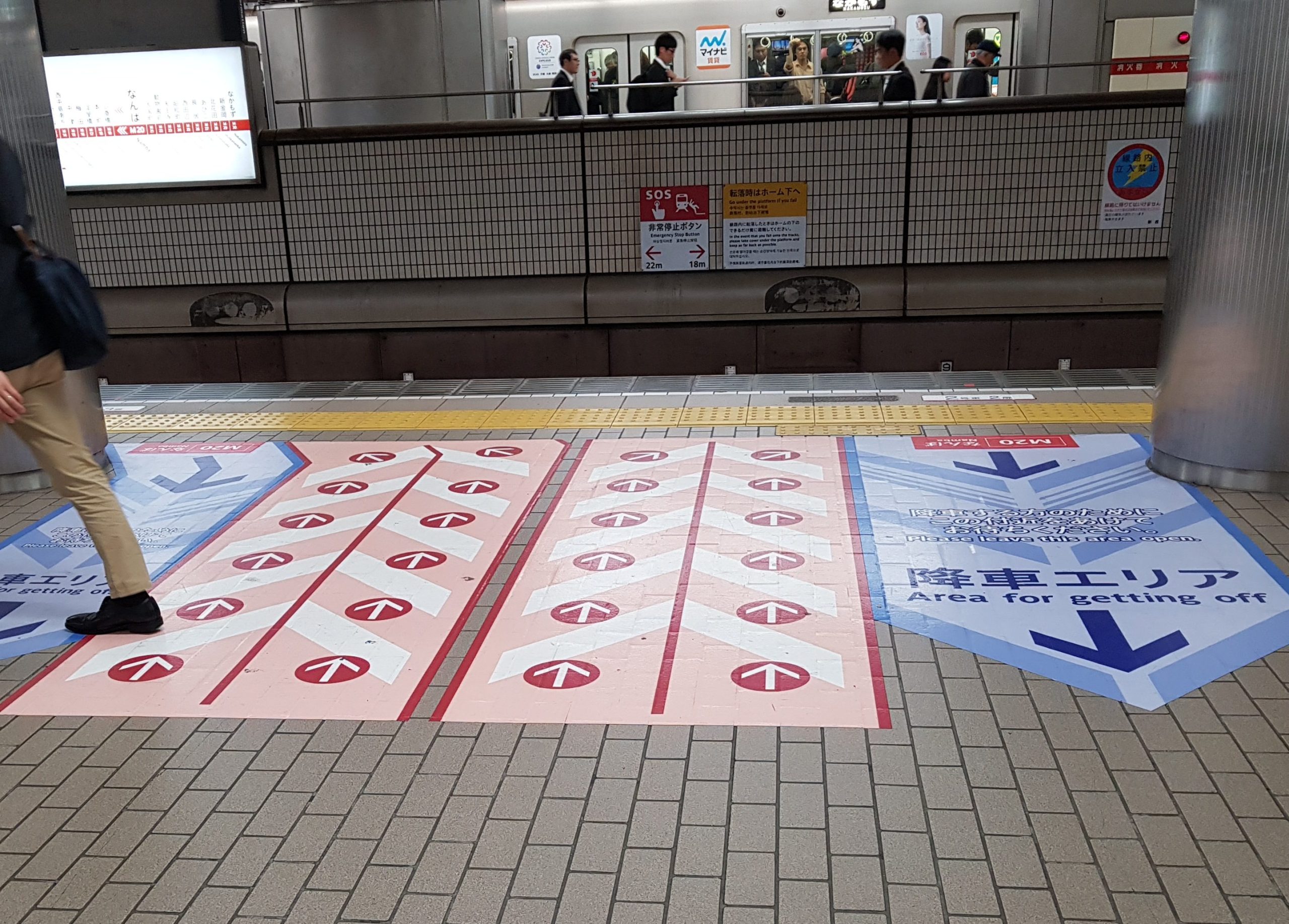
Very often we are asked how to address Japanese business partners or colleagues correctly.
Here are a few tips, which of course apply equally to written correspondence as well as to conversations.
How does it work in general?
As a rule of thumb, in Japanese business life, the surname name is always followed by the honorific suffix "san" (meaning “dear” or actually “honorable Mr/Ms.”).
There are of course many other options such as "sama" (highly revered customer or company manager) or "sensei" (Dr. or professor).
However, these do not play a major role if you communicate in English. Foreigners are not expected to know too much detail here and a "san" is therefore always sufficient.
The "san" is often put directly after the name (e.g. Takadasan). However, there are many examples where it is also used in these ways:
Upper or lower case, with or without a hyphen: Takada-San / Takada -san or Takada san / Takada San
Since it is a transcription from the Japanese alphabet, there just aren´t any definitive rules. If in doubt, simply imitate what your counterpart chooses in the mail as a greeting.
And in the business world?
In Japanese business culture, the first name is usually not used even when two Japanese have known each other for longer.
In these cases, the "san" is rather replaced by another suffix like “kun” or such. The only exceptions would be younger Japanese women, who often address themselves informally by their first name plus "chan" ("Takakochan" etc.).
One Japanese participant once said: "When I am called by my first name...I cannot help but be reminded of my mother calling me when I was in trouble for doing something wrong".
A "Dear ... san" is not necessary, as the "dear" is already included in the meaning of "san" but is even used by some Japanese when writing English mails.
So "Dear Takada san" is not necessarily wrong. A combination of "Dear Mr. ... san" makes no sense as it is redundant.
So, what to do?
Very often Japanese write their surname capitalized and their first name in lower case: "Best regards, TAKADA Kenichi"
This is very helpful to assess what to put before “san”.
If it is not clear whether a mail is from a woman or a man, you can just add “san” after the surname and it will always be correct!
It is recommended to use the format "MILLER, Sara (Ms.)" in your signature. Foreign names are often not known to the Japanese and this will help them to understand your gender and your family name.
Many Japanese employees who were stationed in the US before also picked nicknames such as "Bill, Tom, or Allen" to make it easier for non-Japanese colleagues there to address them.
One Japanese expatriate once even started a conversation with a hearty: "Please, call me tiger!”
Please note: The Japanese way of emulating the US-American way of always using the first name sometimes creates tricky situations. When one is addressed with a "dear Tom" by the new managing director it may not be clear whether one should/may then also address one´s superior by the first name (as in "dear Yoshi" etc.) or whether this would be seen as disrespectful.
A few additional tips:
- It is recommended to always start as polite/formal as possible when dealing with Japanese. Once you have gotten to know each other you can start to act more casually, of course. But you will never insult a Japanese by being too polite.
- Starting out very casually, like in the USA, it can backfire at times. When your Japanese counterpart feels disrespected, it is sometimes very difficult to get the relationship back on track again.
Here's a fun quiz question at the end:
In what situation mustn´t you use "san" in English?
______





